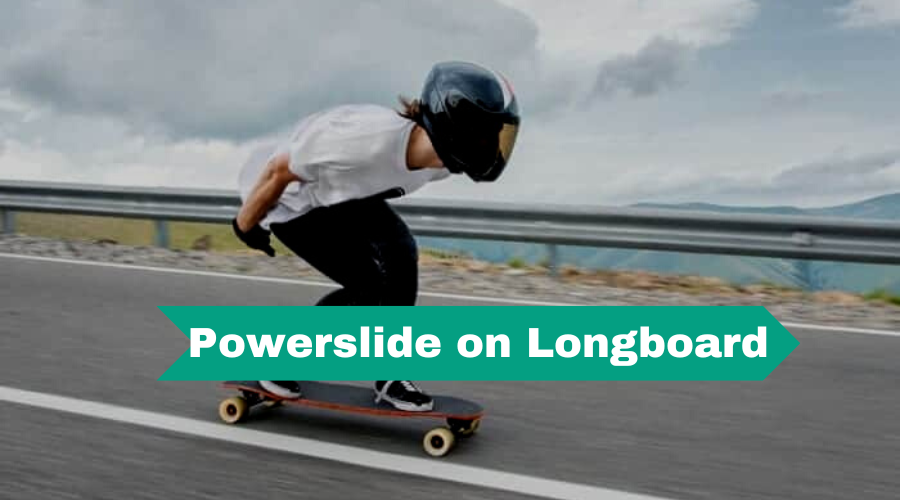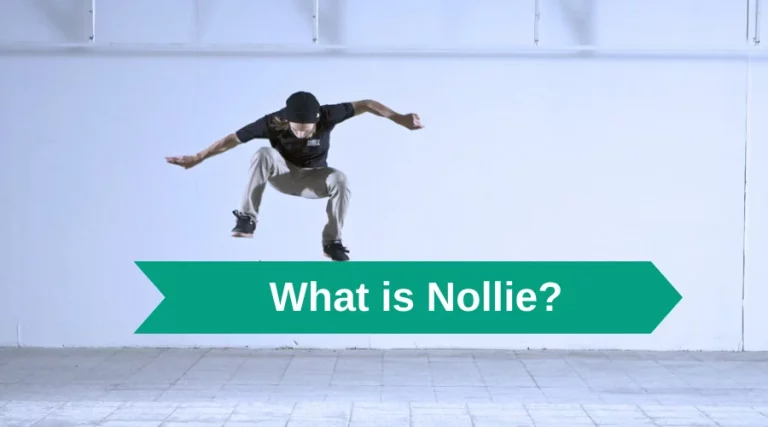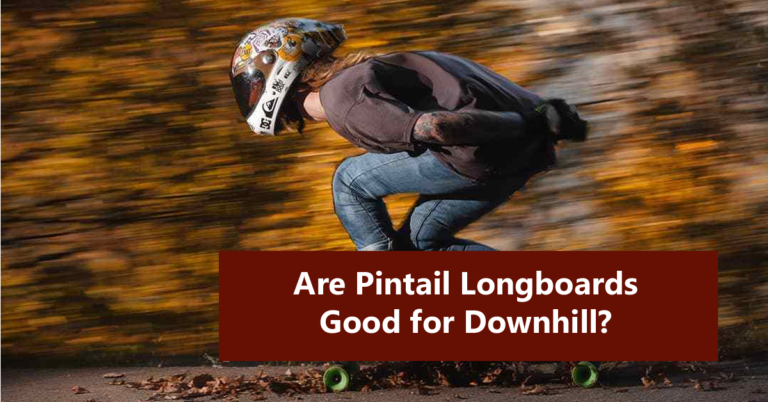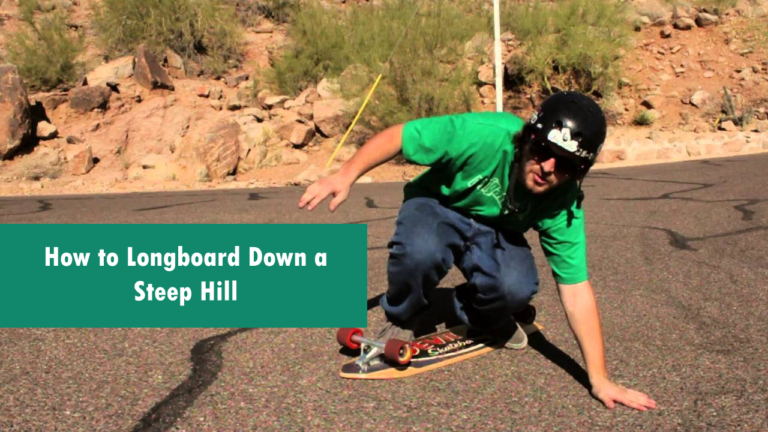How to Powerslide On a Longboard? A Step-By-Step Guide
Longboarding has become a popular mode of transportation, sport, and relaxation around the world. When you learn how to longboard, you get to enjoy a form of exercise that combines the thrill of skateboarding with the cool, smooth ride of surfing.
One major skill every longboarder should have is how to powerslide.
A powerslide is a technique that involves sliding your board sideways, which can help you come to a safe stop or allow for stylish turns while cruising.
There is a slight learning curve. However, we will provide you with an easy to follow tutorial on how to powerslide on your longboard.
Steps to powerslide on a longboard
Warm Up
Before learning to slide on a longboard, it is essential to properly warm up your body. This helps prevent injuries and improves your overall performance.
The warm-up should include stretching exercises that focus on the legs, hips, back, and shoulders. It is also a good idea to do some light cardio activities, such as jogging or cycling, to get your heart rate up and your blood flowing.
Select Proper Equipment
To successfully learn how to powerslide on a longboard, selecting proper equipment is vital. Carving and a good stance are essential for maintaining control during a powerslide. Thus, having the right gear will make the process much easier. Investing in a high-quality longboard with durable wheels is a must.
A board that has sufficient flex, grip, and stability will also help accomplish the trick. Additionally, wearing proper attire such as gloves, a helmet, knee and elbow pads, and long-sleeved clothing can protect from injuries and increase comfort.
Riders can focus on getting better at their technique and building their confidence if they have the right gear.
Stance and Position
To initiate the powerslide, get into a curve, shift your weight to the front foot, and use your body weight to slide.
As you slide, keep your front leg positioned at the edge of the board, swinging your shoulders left to right or right to left to help control the board’s swing. Regaining control and ending the slide in an attractive way are equally important steps to master.
To master the powerslide on a longboard, you need to practice sliding and get more comfortable with it.
Carving and Speed Checks
Carving is an essential technique when it comes to longboarding, as it allows the rider to make wide turns down hills or around corners.
By leaning into each turn, the rider can control their speed while also enjoying the thrill of the ride.
Speed checks are also a vital part of longboarding, as they allow the rider to slow down when necessary.
To perform a speed check, the rider leans their weight towards the front of the board while simultaneously dragging their back foot lightly on the pavement. This causes the board to slow down and creates friction between the wheels and the ground.
It is important to practice both carving and speed checks regularly to build confidence and control while riding.
Initiate a Powerslide
Once you have built up enough speed, it is time to initiate the slide. Lean back and shift your weight to one side of the board to start turning, then put most of your weight on the front foot while still leaving enough on the back foot to control the slide.
Keep your hands down and use your body weight to steer while the board skids perpendicular to the hill.
Slide and Regain Control
Once you have initiated the powerslide, it is important to maintain control and ensure that you can regain control of your board.
As the rider, it is important to remain calm and focused while sliding.
Use your body weight to control your slide direction and speed. Keep your eyes on the road ahead, and don’t be afraid to adjust mid-slide if necessary.
Once you have completed the slide, shift your weight forward to regain control of your board. It may take some practice to master the art of sliding and regaining control, but with persistence and patience, it is a skill that can be developed over time.
Practice and Build Confidence
Repetition and consistency are keys to perfecting the technique.
Start at a level location with a slightly inclined route leading into it and try to slide as long as possible while maintaining control of the board.
Swinging the shoulders from left to right or from right to left helps initiate the slide and swing the board in the desired direction. As you gain confidence, try practicing on steeper hills and experiment with different levels of speed and intensity.

Frequently Asked Questions
How to 180 powerslide on a longboard?
For those looking to improve their longboarding skills, mastering the 180 powerslide is a great place to start.
Before attempting this trick, it is important to warm up and practice basic carving and speed checks. Once you have the right gear and are in the right position, you can start the powerslide by turning your shoulders, sliding your back foot in front of your front foot, and leaning into the turn.
As you slide, keep your weight centered over the board and aim to release the slide before completing a full 180-degree rotation. With practice and persistence, this trick will become easier, and you’ll be able to add it to your repertoire of longboarding skills.
How to slide on a longboard without gloves?
While gloves give longboarders the stability needed for powerslides, some riders prefer not to wear them.
To slide on a longboard without gloves, the rider must use more of their body weight to control the board’s slide. It Is important to carve forcefully and press down on the board, using the weight of the back foot to initiate the slide. The rider can then use their knees and body to control the slide, adjusting their balance to stay on the board.
Speed checks and pre-slides are important for slowing down before initiating the slide.
How to install longboard fins?

I am a longboarding enthusiast and a blogger. On this blog, I share tips, tricks, and advice based on my experience. I am dedicated to helping newbies improve their skills and enjoy this fun activity to the fullest.
Disclosure:This post may contain affiliate links. If you click on a link and make a purchase, we may earn a commission at no additional cost to you. Learn more.







